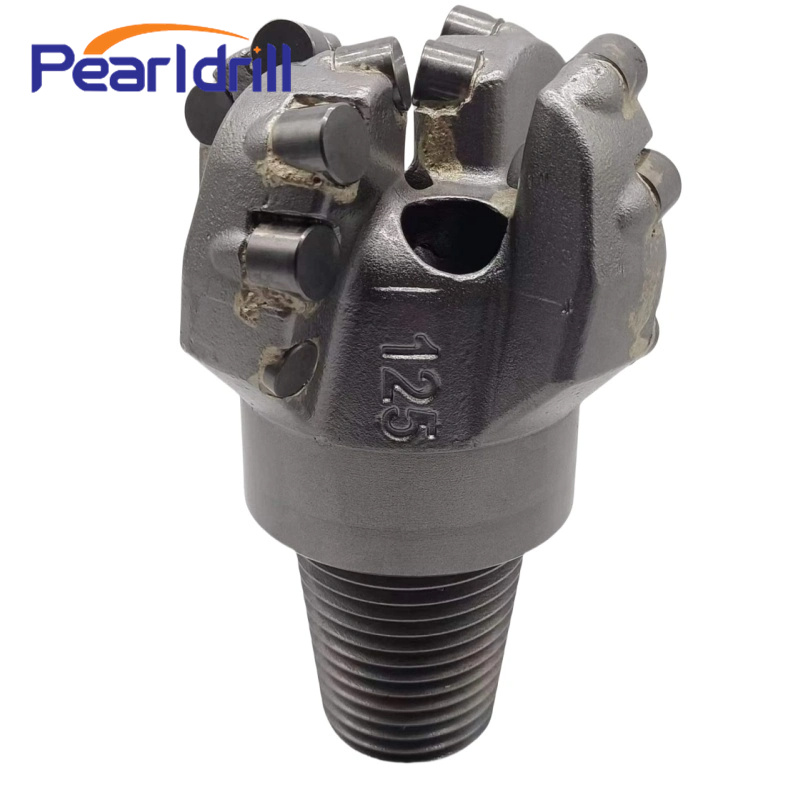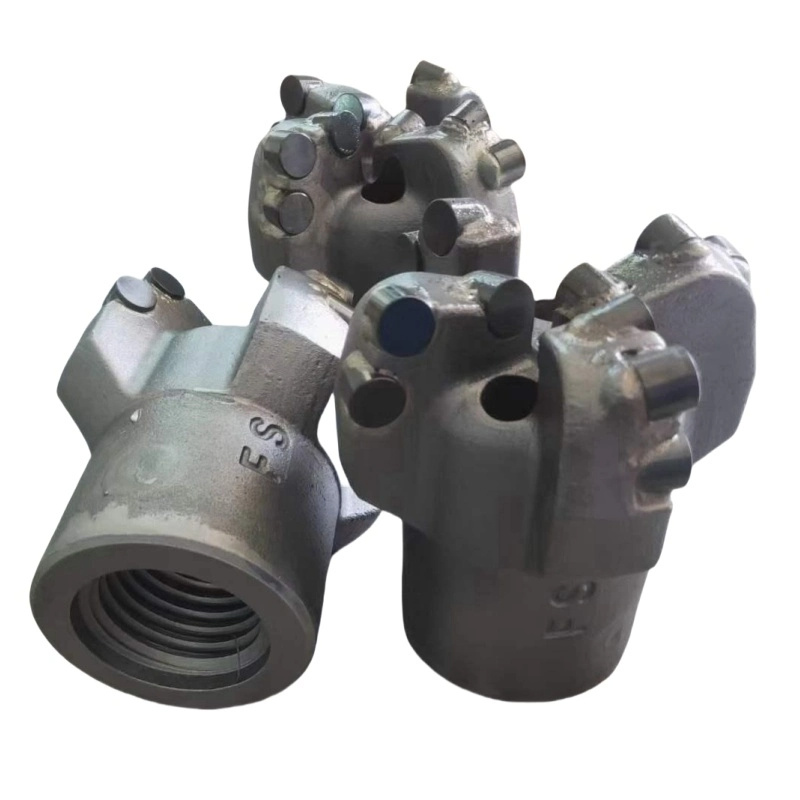The Fundamental Reasons for Drill Bit Balling on Water Well Drilling Rigs in 2025
Bit balling is a major headache in drilling. Essentially, it's when sticky cuttings and drilling fluid solids glob onto the drill bit face, clogging the cutters and nozzles. This makes the cutting elements useless, causing your Rate of Penetration (ROP) to drop drastically or stop completely.

Geological Factors
1. Highly Reactive Shale Hydration and Swelling:
The Swell: The clay minerals in shales are hydrophilic—they love water. When they hit water-based drilling fluid, they rapidly absorb it, hydrating and swelling.
The Stickiness: These swollen cuttings become incredibly soft and develop a strong, sticky consistency (gumbo). As the bit cuts them, this highly viscous material easily adheres to the bit face, cutters, and nozzles.
2. Weakly Cemented Formations and Low Bearing Strength:
In shallow sections or deepwater soft formations, the rock is often weakly consolidated and highly porous.
Loose Material: Pressure imbalances can destabilize the wellbore, creating a massive volume of loose, clay-rich cuttings—the perfect raw material for balling.
Operational Factors
1. Inadequate Drilling Fluid Performance:
Poor Chemical Inhibition: If the mud's chemistry isn't right, it won't stop the clay cuttings from rapidly hydrating and dispersing, leading to them sticking everywhere—on the bit and the borehole walls.
High Harmful Solids Content: Too many fine solid particles in the mud act like 'glue' for the sticky cuttings, rapidly accelerating the balling and compaction process.
Insufficient Hole Cleaning: If the mud's rheology (flow properties) is poor, it can't effectively carry the cuttings up and out of the well. The cuttings accumulate at the bottom, and the bit's rotation and weight re-compact them into a hard, sticky ball.
2. Poor Drilling Parameters and Hydraulic Cleaning:
Wrong Weight and RPM: In sticky formations, applying too much Weight on Bit (WOB) forces the sticky cuttings into the small spaces between the cutters, accelerating compaction and ball-up.
Poor Bit Hydraulics: The bit's water nozzles (jets) are the primary way to clean the bit face, acting as high-energy "weapons" to blast away mud cake and cuttings. If the hydraulic design is wrong, and the jet velocity/impact is too low, the cuttings will stick and quickly encapsulate the bit.
Ineffective Solids Control: If the surface equipment (like shakers and centrifuges) isn't running efficiently, it fails to remove the fine, problematic solids. This means a high-solids, highly sticky mud is constantly recycled downhole, drastically increasing the chance of balling.
 The Bottom Line:
Bit balling is the result of a triple threat: the formation provides the sticky material, the drilling fluid provides the chemical failure (lack of inhibition and carrying capacity), and the drilling practices provide the mechanical compaction. To beat this common drilling issue, you have to approach it from all three angles: Geological Pre-planning, Drilling Fluid Optimization, and Detailed Operational Control.
The Bottom Line:
Bit balling is the result of a triple threat: the formation provides the sticky material, the drilling fluid provides the chemical failure (lack of inhibition and carrying capacity), and the drilling practices provide the mechanical compaction. To beat this common drilling issue, you have to approach it from all three angles: Geological Pre-planning, Drilling Fluid Optimization, and Detailed Operational Control.
I Hope This Article Was Helpful. If You Have Any Other Questions, Please Feel Free To Contact Us.
Contact us

